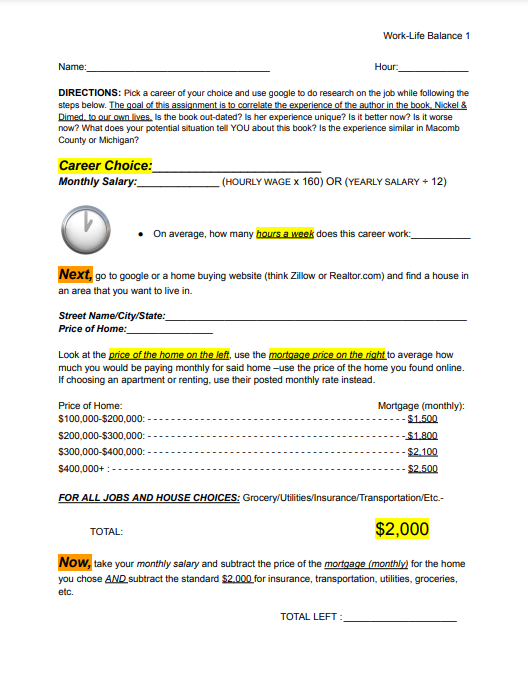Explaining and Modeling Content, Practices, and Strategies (EMC)
Teachers will explain and model content every day in the classroom. When done well, it allows students to get a glimpse into the mind of the teacher and can relate the assignment to the thought processes that they have seen modeled by the teacher. This helps the students stay on track as well as allows the teacher to explain the objective of the lesson in different ways to the students.
There are a plethora of ways to do this within the classroom but much like most things, it starts in the very design of the assignment.
You have to have space or room in your lesson plan to be able to explain topics in multiple ways and can accomodate for this while lesson planning.
While taking the funds of knowledge as well as other aspects of the classroom such as the culture(s) and way in which the individual students interact with you and other students you can design an assignment that allows for many people to give their input— this includes the teacher!
How does this assignment display ‘Explaining and Modeling Content’?
Although there is no video recording as students’ faces were visible no matter how this lesson was recorded, but the very design of this assignment was intended and successfully taught from me standing at the doc-cam filling out the assignment WITH the students (starting over each hour) and walking around helping them fill out their own assignments.
As the photos on the right show, the assignment is three pages long. The assignment was printed out and stapled together for the students. I chose a career (mechanic) and did all of the necessary research for each space provided on the assignment. As I went through it I modeled certain thought processes that I wanted the students to take into consideration, such as:
“Hmm… If I worked this job I would have to work on the weekends too, and I am not really sure if I want to do that because I really value my free time and being able to see my friends and family…”
OR
“This job says it does not have any scheduled hours! Oh, but that may mean that I do not get guaranteed hours, and if I do not have guaranteed hours, I will not have guaranteed money…”
OR
“This job seems really fun! And I could do everything I need to get it, but after filling out this chart I am unable to pay for my rent and I only have four hours free each week… I am unsure if this is realistic unless I change my lifestyle and expectations.”
…
-
Modeling is a core teaching practice where the teacher ‘thinks aloud’ and models their individual thought processes to the students when discussing and assignment or question related to the learning objective.
-
Almost any assignment or learning objective you have there will be an instance to allow the students into your mind as to how you would go about answering the question. That helps students better prepare for doing it themselves as well as alleviates some of the anxiety that comes with not knowing the expectations of the teacher or assignment.
-
When teachers model their thinking or explain the content in various ways it allows the students a glimpse into the mind of the teacher. This helps them understand the assignment and what is expected of them as well as it models possible new situations or possible ways of completing said assignment that the student may not have thought of.



